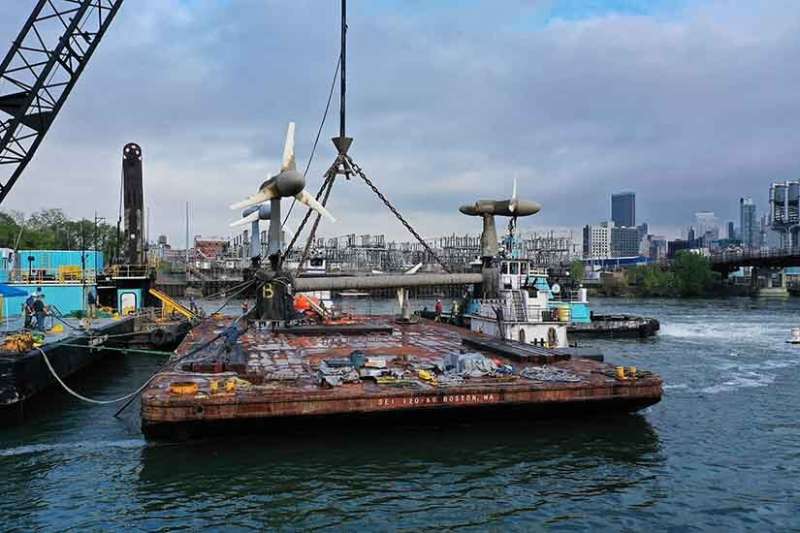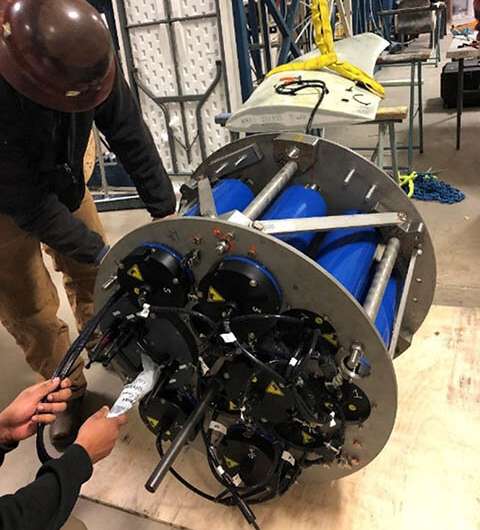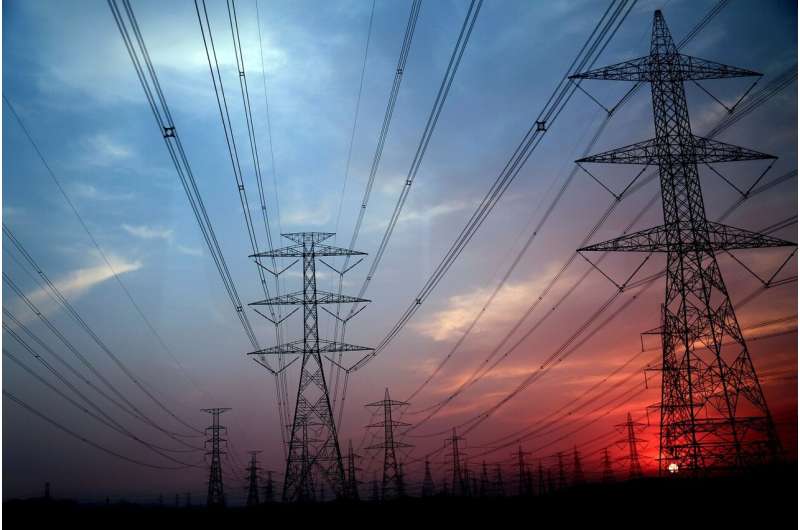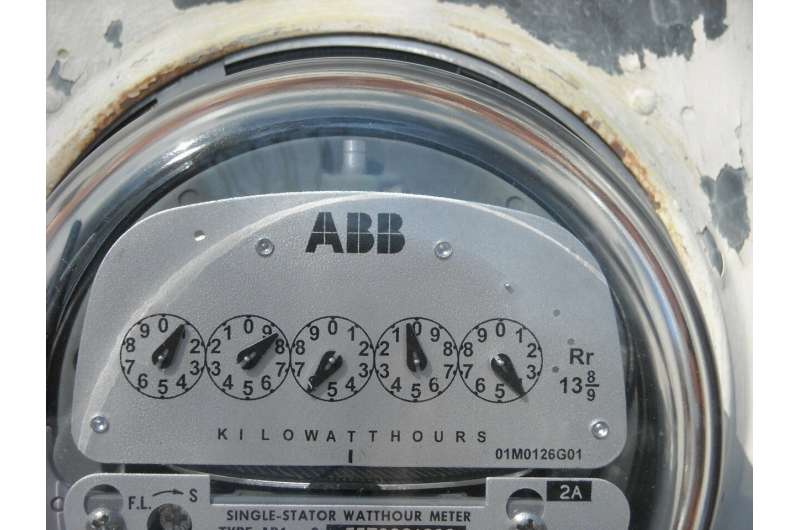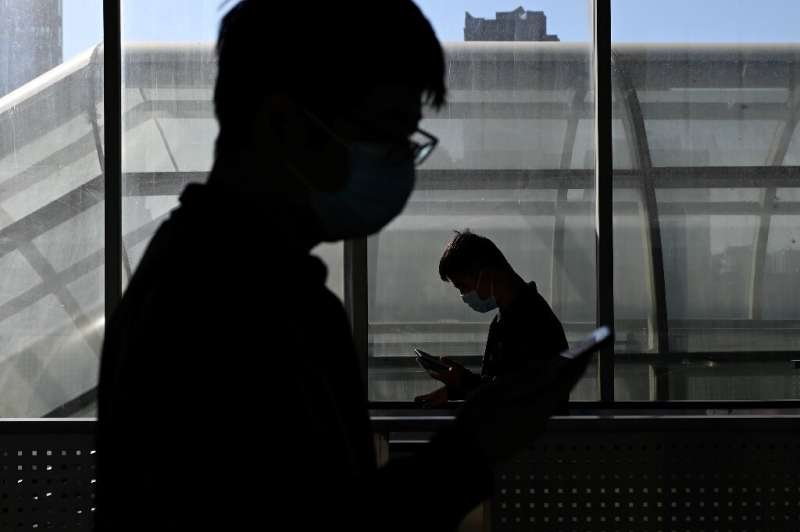Men, Conservative Party supporters and Brexit-backers more likely to support the use of nuclear weapons, study shows

Men, Conservative Party supporters and those who wanted Britain to leave the EU, are more likely to want to retain Britain's nuclear deterrent, a study shows.
Those who endorse superior military power worldwide as an important foreign policy goal and people who want to protect the transatlantic relationship are also more likely to be in favour of nuclear weapons, according to the research.
Those who voted 'remain' in the EU referendum are less likely to support keeping nuclear weapons relative to those who voted to leave the EU. Supporters of Labour, the Liberal Democrats, the SNP, UKIP, the Green Party, and Plaid Cymru are less likely to support keeping nuclear weapons.
The study, published in the European Journal of International Security, was carried out by Ben Clements, from the University of Leicester, and Catarina Thomson, from the University of Exeter.
Academics used data from the new UK Security Survey to analyse attitudes towards the possession of nuclear weapons among the British public, the majority of who supported retaining nuclear weapons.
Dr. Thomson said: "We have found the recurring 'gender gap' found on state use of conventional military force extends to Britain's nuclear force capabilities, with men more in favour of retaining the nuclear deterrent than women.
"Political preferences have a significant role to play in affecting people's likelihood of supporting of Britain retaining its nuclear weapons. Identifying with political parties with a clear nuclear stance is generally significant in affecting people's views on the UK nuclear programme.
"Our data suggest that supporters of parties that do not take an anti-nuclear stance, such as the Liberal Democrats or UKIP, are less likely to support keeping nuclear weapons. Those who voted for Britain to remain in the EU are less likely to agree with the statement that the UK should keep its nuclear weapons. This provides further evidence of the potency of views on the Brexit debate for other issues in the post-referendum political landscape, concerning both domestic and external policy."
Dr. Clements said: "Views on nuclear weapons are clearly underpinned by attitudes towards core foreign policy debates relating to Britain's international role and relationships. Those who consider it is important for Britain to maintain a superior military power worldwide are more likely to agree that the country should retain its nuclear weapons compared to those who do not hold these views.
"It seems people perceive the nuclear dimension of US-UK bilateral relations to be particularly important to the overall stability of the broader 'special relationship' and to be particularly beneficial for Britain's defence capabilities. This may be because so few countries in Europe possess nuclear weapons—just Britain and France—so such capabilities are seen as less relevant or even undesirable for those who support security cooperation with the continent."
The survey was fielded by YouGov between 1– 25 April 2017 (before the official announcement of the snap general election), with a representative sample of 2,002 adults in Britain. The data was weighed by age, gender, social class, region, level of education, how respondents voted at the previous election, how respondents voted at the EU referendum, and their general level of political interest
Can we track the world's nuclear weapons?
More information: Ben Clements et al, The 'ultimate insurance' or an 'irrelevance' for national security needs? Partisanship, foreign policy attitudes, and the gender gap in British public opinion towards nuclear weapons, European Journal of International Security (2021). DOI: 10.1017/eis.2021.17
Provided by University of Exeter
